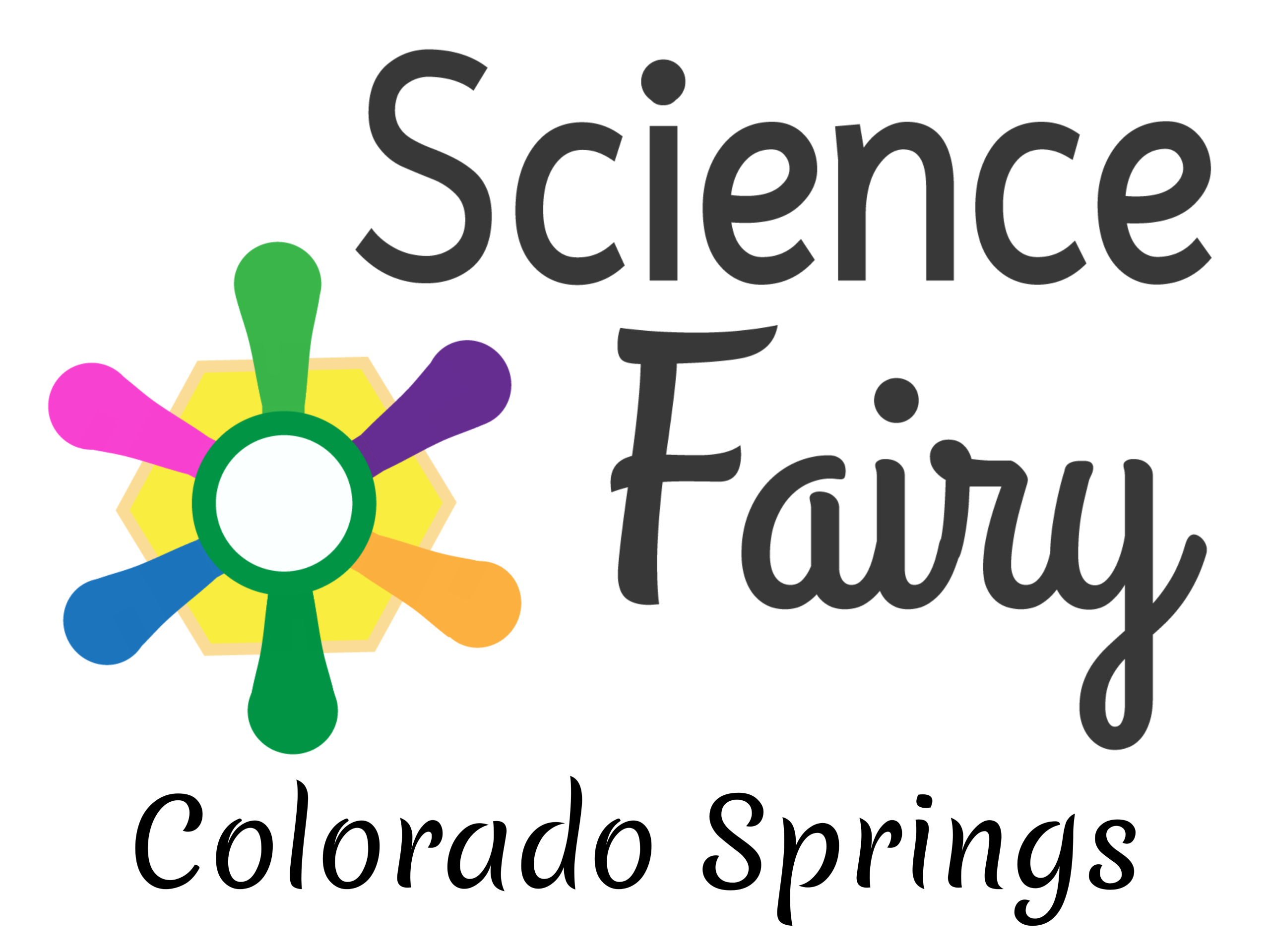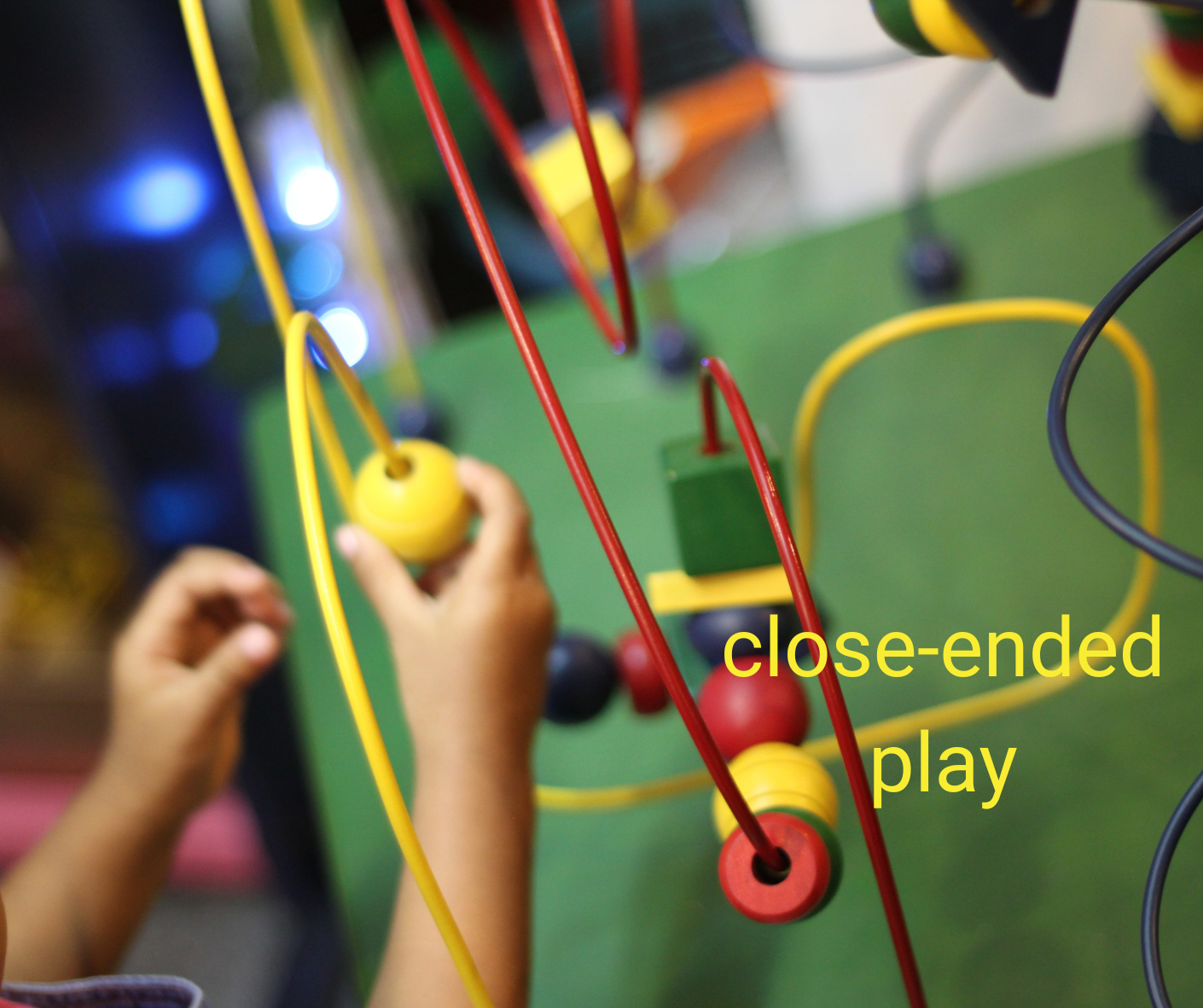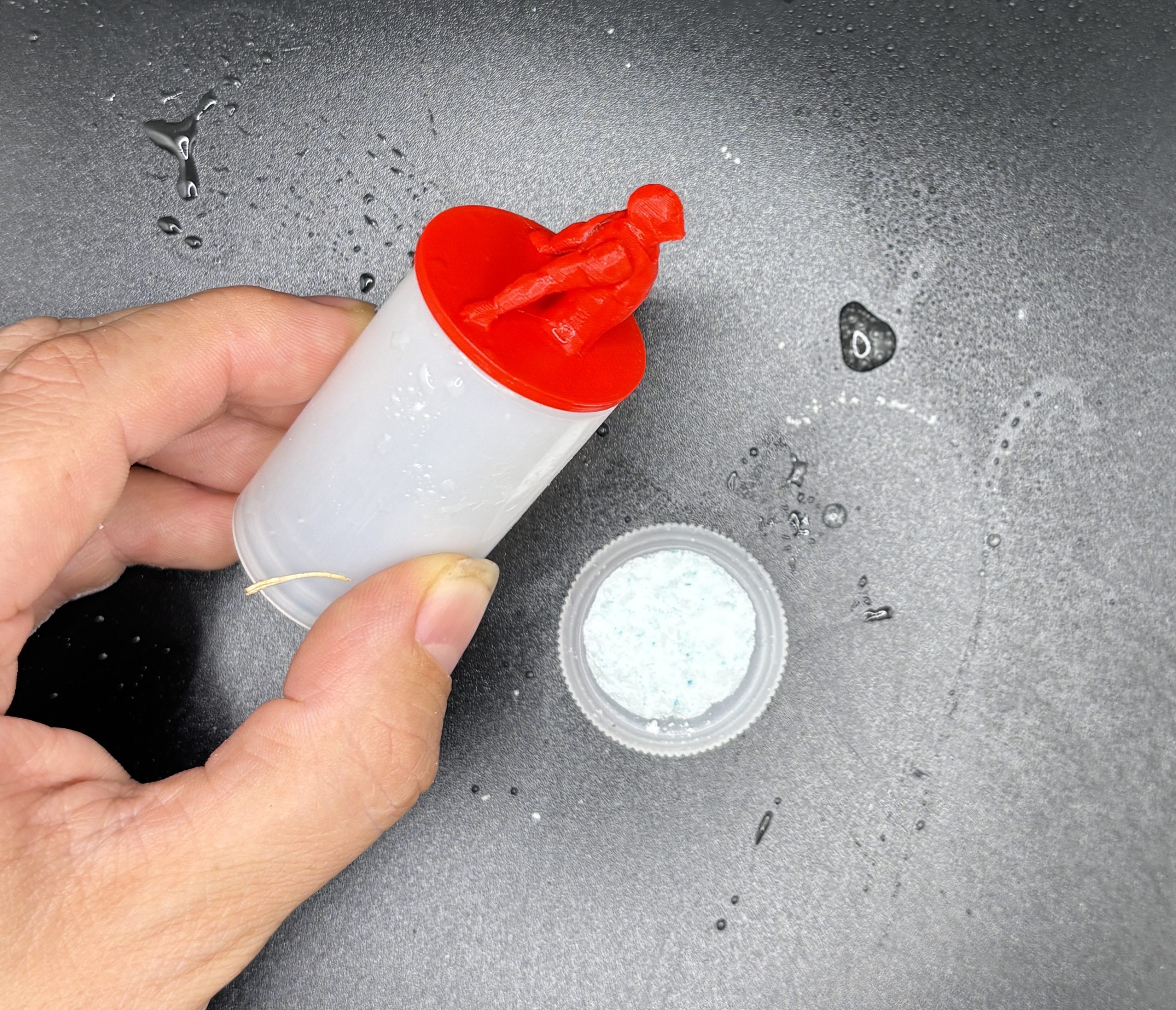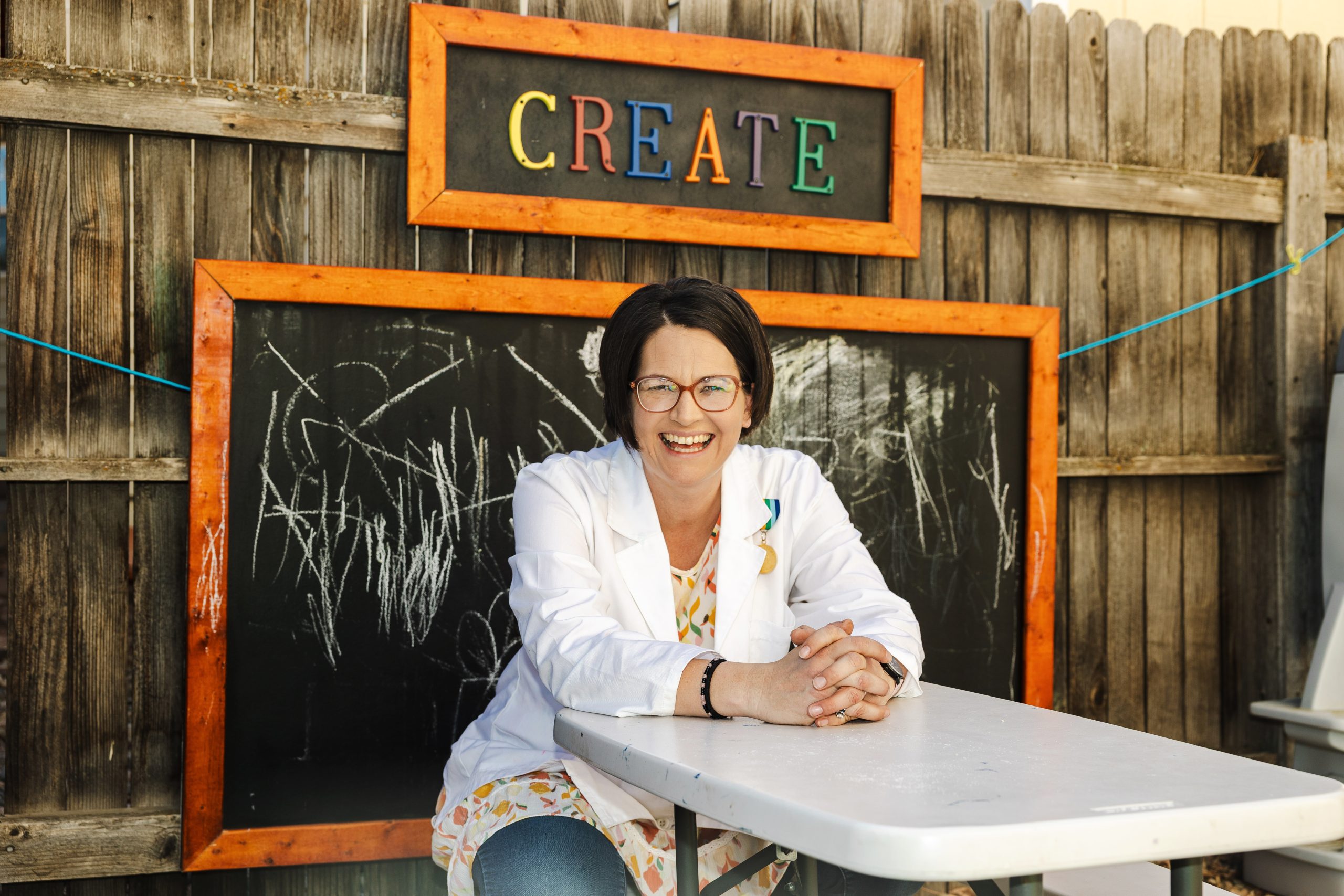An interview with Sherri Peterson. The Science Interest Forum of NAEYC is a gathering of educators. In that forum I appreciate Sherri’s wonderful work with the youngest, and perhaps, most natural learners. Find the points of our conversation and the complete audio (17:20 mins) below.
Laura: In what settings do you study infants and toddlers?
Sherri: I work with the teachers at our university childcare center but I
“study” infants and toddlers everywhere I go! I currently have 5 great-nephews between the
ages of 18 months and 4 years and I spend time with them whenever I have the opportunity.
Each of them approaches wondering about the world in a unique way and that is what I notice
about all infants and toddlers. When I begin working and playing with a child I have not met
previously, I can’t predict how they will respond to the materials I introduce to them. Some
children approach tentatively and some eagerly begin waving, rolling, bouncing, or tossing the
materials. Some will only engage after all of the “early adopters” are done!
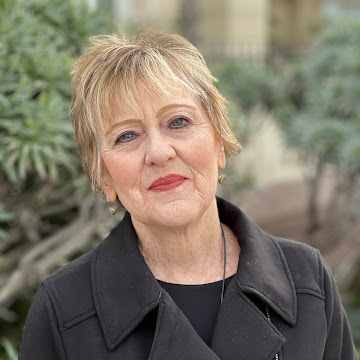
Laura: What surprises you most about how very young children approach science?
Sherri: Well, until I began working with infants and toddlers as part of my job at the university I really did not understand how important the actions I observed in my own children and grandchildren were. I think I focused most on language- and I did understand the importance of language development and how to support it.
I noticed when they did something “cute” but I did not always understand the meaning of their
actions. When you understand this, it is more likely that you will be able to intervene with
materials, comments, and support when children need it. And you will understand that
sometimes the best intervention is no intervention- as my friend Jill suggests!
How can teachers best give space for how infants and toddlers learn science?
Ann Lewin-Benham talks about the importance of intention in her book
Infants and Toddlers at Work: Using Reggio-Inspired Materials to Support
Brain Development. “Intention is possibly to most important aspect of a
teacher’s behavior.” Adults who support infants and toddlers should strive to
be intentional in everything they do- selecting materials, introducing new
materials when children are not tired or hungry or sad. “In flow” is a term
that is used to describe “a mental state conducive to learning” (Csikszentmihalyi, 1990).
Setting up the environment for learning is important when working with all young children, but
it is most important for infants and toddlers since they depend on adults to provide materials
that support learning at the developmental stage where they are. I have some great video of children as young as 12 weeks who are able to engage with materials that have been selected
for them because they are just reaching out for objects, putting their hands together, or
grasping objects.
The other thing I have learned is that STEM experiences for this age group may last only 1-2
minutes for some children and this does not mean that the experience is not worthwhile. I was
in a classroom of mobile infants one day when they were introduced to a sensory experience
with chocolate gak (cocoa powder, cornstarch, water). The infants were invited to come to the
table when they could sit or stand. Their clothing was covered with a “messy shirt” (an old T-
shirt) if they were OK with having the shirt slipped over their head.
After donning a shirt the infants were placed in a chair at the table and Leann talked through
the mixing of the chocolate GAK. I place a tray or plastic tub in front of each of the children and
Leann gave them a choice of plastic animal. Then the fun began! After each child chose, Leann
helped them to apply some brown “mud” to the animal. Maddux began to explore the mud and tentatively place his index finger on the mud and then into his mouth. The look of surprise on his face was immediate and he began to fuss. Leann talked him through his through his feelings but he was absolutely done with mud. I cleaned him up and helped him down while Leann continued with the activity. Lucas- loved the activity- tasted the mud and wanted more
Ewan loved it too. Edin was eager to get into his chair and interested in the animal
Ella watched while her friends painted with mud. Eventually got to the table, but asked to get
down before painting. So what I am saying is that children in this age group respond very differently to new
experiences and that is OK. Even if the child participates for 1-2 minutes or simply observe their
friends’ response to the experience, it is still important to provide these kinds of engaging
experiences for infants.
What kind of activities and materials make sense for this age group?
Sherri: We like to use the term experiences rather than activities. What I mean by that is setting up the environment with interesting materials such as pots and pans with strikers or materials
that allow infants to engage with light and shadows and then observing as the children explore
the materials in their own way and in their own time is what Early STEM is all about. Children
in this age group must have opportunities to learn about materials and explore their
environment to support brain development. “Watching” their teacher do an experiment or engaging in a “one-and-done” activity does not honor the amazing capabilities of infants and
toddlers. I learn something every time I observe children who are supported by intentional
adults as they engage with materials and explore their surroundings.
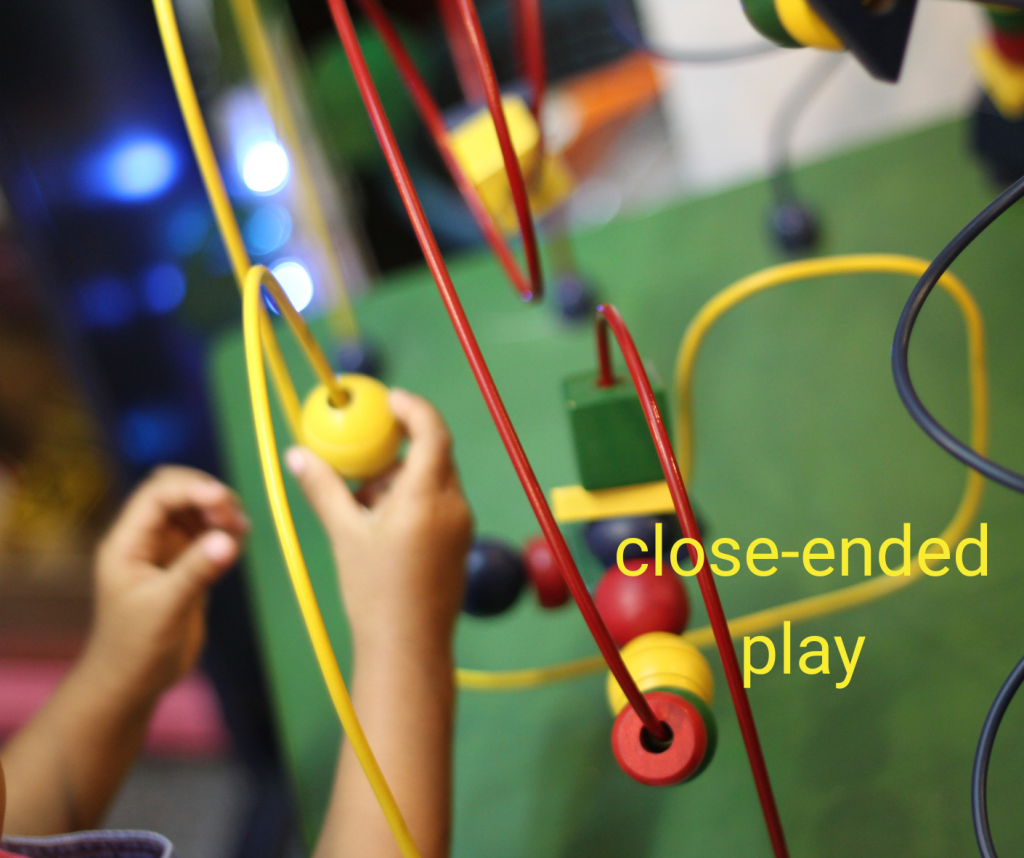
Materials must be open-ended and allow children to enter the experience from wherever they are at. Most infant classrooms have a wide continuum of ages and stages, so selecting materials that will interest all of the participants requires careful planning and the knowledge that we
don’t always get it right. Observation over time will assist teachers to add new materials, reduce or increase the amount of materials, or scrap the entire thing if children are not interested.
It is also important to consider novelty and its contribution to learning. Your observations with let you know when children are no longer interested in the materials on the shelves and in the baskets in the classroom. Rotating toys based on children’s interests is important.
Laura: Keep your toys fresh and let the Science Fairy handle cleaning and storing.
